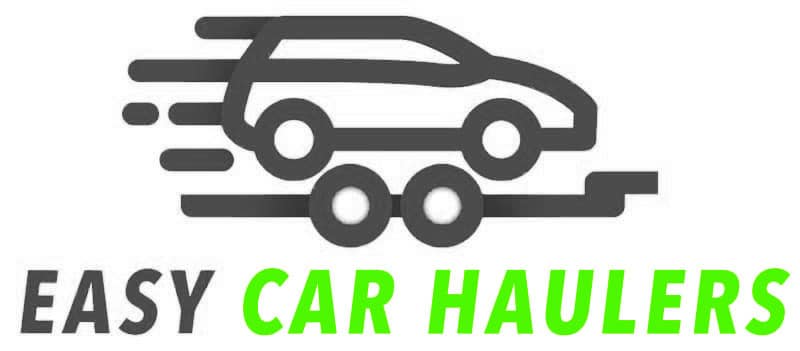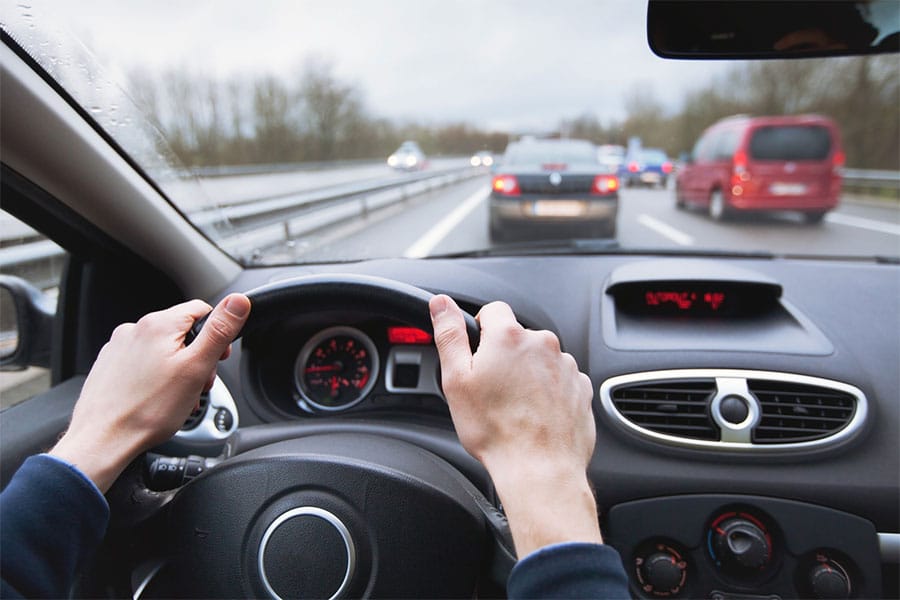Driving with a trailer attached requires a slightly different approach than standard driving practices. The weight distribution and momentum are different when you’re hauling a trailer, and those differences are augmented when you’re on the highway. Easy Car Haulers has already put out A Beginner’s Guide to Driving with a Trailer Attached, but now we want to help you safely drive on the highway. Check out these proven tips from our trailer rental company in Michigan.
Drive 5-10 MPH Slower Than Normal
You cannot brake and accelerate as quickly when you have a trailer attached. Thus, it’s a good rule of thumb to drive slightly below the speed limit when you’re on the highway. This is similar to driving slower when it’s raining because you cannot control the vehicle as well. Allow extra travel time on your journey to account for the slower speeds.
Note that driving too slow may be just as dangerous as driving too fast. Be aware of minimum speed limits on the highway, and try to keep up with the flow of traffic. It may take a little practice, but you’ll find the right balance soon enough.
Maintain a Consistent Speed
Consistent momentum is crucial whether you’re driving in town or on the highway. Take advantage of your vehicle’s cruise control when you’re on the open road. Speeding up and slowing down creates a ripple effect when you have a trailer attached. If you can keep the same momentum for the bulk of the journey, you’ll feel more in control of the vehicle.
Stay in the Right Lane as Much as Possible
If you’re on a multi-lane highway, stay in the right lane. You’ll likely be driving slower than the cars around you, and they’ll need the left lane to pass. This should be a general practice for highway driving because the left lane is reserved for emergency vehicles. Use it sparingly, especially when you have a trailer attached.
Beware of Wind, Hills, and Other Challenges
The wind may pull on your trailer as you drive, so do not be alarmed if you have to adjust your steering a bit. Going up and down hills can also create shifts in momentum. Check the weather before you hit the road, and brace yourself for any challenges that may come.
Prepare to Make Wide Turns
Making a sharp turn with a trailer may cause you to “jackknife.” This happens when the trailer and vehicle fold into one another. Plan to make wide turns as you drive to avoid this issue. You may need to use your turn signal earlier than usual to warn the other vehicles of your movement.
Use Extra Caution When Merging
You will inevitably need to merge at some point on the highway. Be mindful of the added length you’re driving with the trailer attached. You’ll need extra room to get over, and you won’t be able to slow down as quickly if the vehicle in front of you stops. Signal early and slowly move into the other lane. Do not wait until the last minute to move over, and monitor your navigation closing as you travel.

